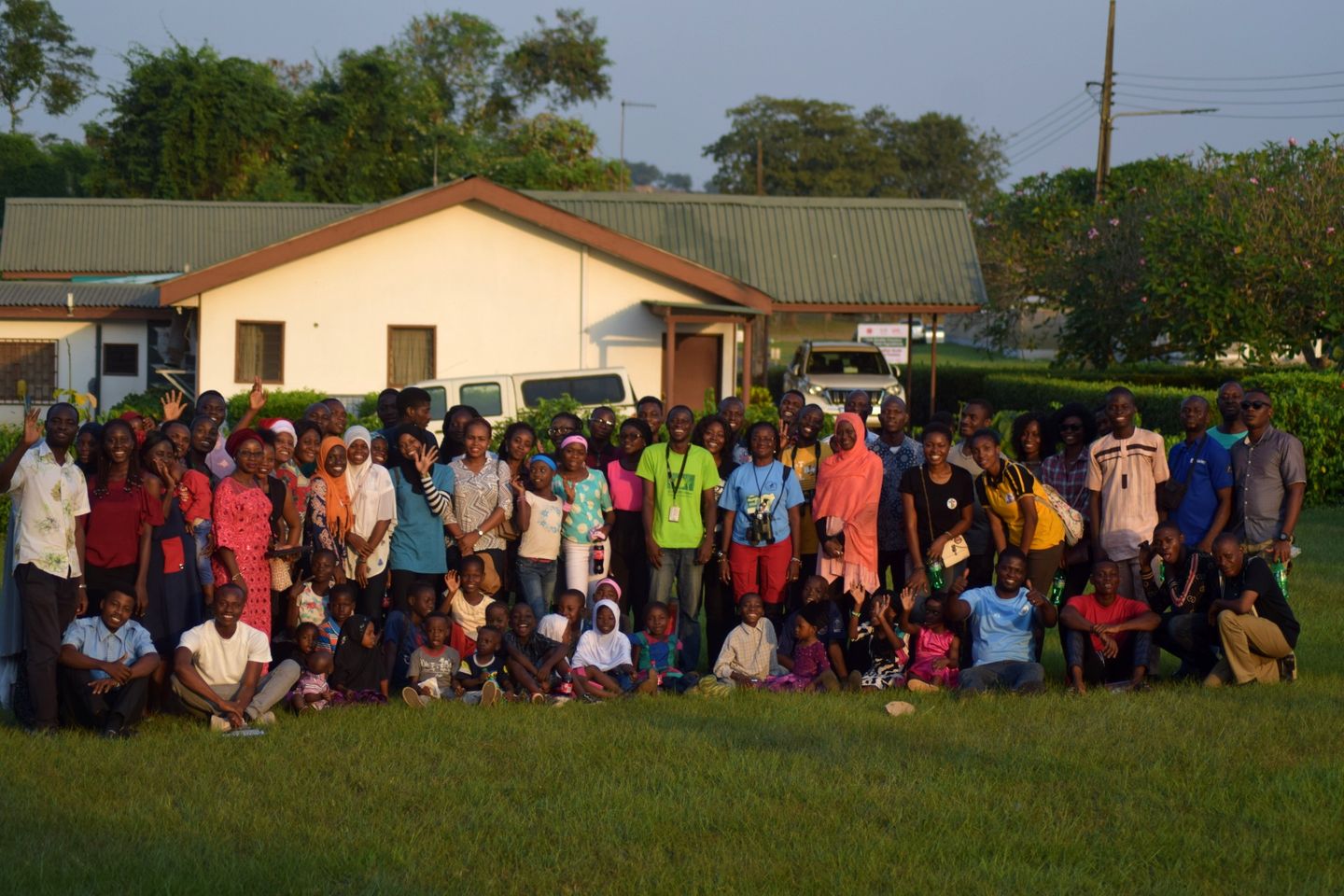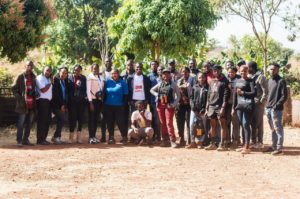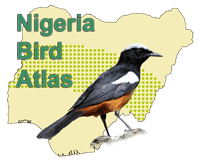The role of local communities in bird atlas project: lessons from the Nigerian Bird Atlas Project
Nigeria is reputed to be the most populated country in Africa, and indeed the most populous black nation in the world. With a land area of c. 923, 768 sq Km, Nigeria also has a considerable diversity of ecosystems and rich biodiversity. So far, the number of bird species recorded in Nigeria is over 900. However, Nigeria’s large and growing population continues to put pressure on its biodiversity, impacting its distribution and natural history. The Nigerian Bird Atlas Project (NiBAP) was launched in November 2015 and seeks to map the abundance and distribution of birds in the country. This is clearly not a task for just a few, and so NiBAP was set from the onset as a citizen science project. As part of this project, citizen scientists are being recruited to travel the nooks and crannies of the country to record and map the distribution of birds.
During these trips, citizen scientists also get to interact with local communities; learning from their rich indigenous knowledge while also taking opportunities to increase awareness about biodiversity challenges among these key stakeholders. A popular example of such interactions in Northern Nigeria concerns Abdim’s stork Ciconia abdimii. Local communities in Northern Nigeria monitor the seasonal movement of this species and local communities are using its arrival in Northern Nigeria as the start of the rainy season. Consequently, local farmers in these areas tend to plan farming activities based on the stork’s movements and this age-long interaction has come to symbolize the beneficial interconnection that exists between man, biodiversity, and the environment and underscores the very important role of citizens and local communities in improving our understanding of the natural history of birds and biodiversity.
Since its launch at the end of 2015, the NiBAP has continued to create a platform that links scientists, biodiversity managers, institutions, and local communities. Through the project, local communities are becoming more aware of the challenge of declining bird populations while scientists are also getting to learn from the indigenous knowledge of these communities, crucial for bird and environmental conservation. During an atlas expedition facilitated by NiBAP to Yobe State in North-East Nigeria, the village head asked; “Where have our birds gone?” Of course, we took the opportunity to emphasize that the bird atlas project will help to answer his question better, but his question is one that has been re-echoed across the many other communities that we continue to visit as part of the bird atlas project. Generally, many local communities are very welcoming, cooperative, and keen to learn about our activities during the NiBAP expeditions. In many areas, it is very common for the local communities to point citizen scientists towards local hotspots for birds, such as wetlands and riparian forests, of forest galleries. In certain cases, they have also helped to provide shelter for citizen scientists during these atlas expeditions and during unfavourable atlas conditions like in the rainy season (see photo below).
A.S Ringim (left) and another citizen scientist (Habib Ramzy right) in a mud tent sheltered by the locals during rain during the Arewa Atlas Team expedition in Bauchi state, 2018
Citizen scientists under the NiBAP have severally enjoyed great hospitality from many communities during atlas expeditions and there are countless situations where tired and famished citizen scientists have been treated to refreshments with these locals generously providing us with water, groundnut, fish, millet, and milk gruel (locally known as fura da nono), as well as money. The ensuing conversations often reflect their keen interest to know and learn about the NiBAP and its objectives. In another atlas outing around Dutse-Azare in Northern Nigeria, we again met a man who was so captivated by the NiBAP. His questions were just like the village head in Yobe State: “Why are birds declining?” He particularly narrated how as a child, he used to see so many bird species around the village, but was sad but also curious to understand why there were fewer bird species in his village. We took the opportunity to discuss the general issues around the impact of anthropogenic activities such as bird hunting, trapping, poisoning, global climate change (which the locals refer locally to as dumamar yanayi), and other environmental challenges affecting birds.
We have had numerous interesting encounters during our atlas expeditions but nothing beats a visit to local communities where we learn about obvious cultural links between birds and people. One outstanding example was when we visited Taraba State in North-East Nigeria in 2019. While atlasing, we ended up in a community called “Mai Bultu,” and were fascinated to learn that this name refers to the Abyssinian ground hornbill. Intrigued and curious to know the reason why the village name was named after such a magnificent bird; they informed us that historically, the village was once a hotspot for this hornbill, even though they reported also that it has since disappeared. In the same village, just a few hundred meters, we came to a mountain (photographed below) where they informed us of some “bush people” who live on top of the mountain and only have minimal contact with “civilization”. They reportedly still use leaves to cover their bodies and do not use any currency, continuing to use the barter trading system. We were told that they only started descending from the mountain in the last 10 years or so.
Mai Bultu Mountain, Taraba state, Nigeria (Photo by AS Ringim)
The NiBAP has come a long way since its launch in 2015, but its accomplishments are only possible because of the invaluable contribution of the citizen scientists. They have been traversing the length and breadth of the country to map bird distributions and with the help of the village heads and chiefs of local communities who have been very welcoming and cooperative. Village Chiefs in these local communities have also been very instrumental in providing guidance and security information to citizen scientists especially in volatile areas to ensure that atlasers remain safe. In several instances, they have assigned local guides to citizen scientists (see photo below), advising us on safe areas to atlas and about dangerous areas to avoid. Obviously, there are challenges, but the local communities have been immensely helpful, contributing in no small way to the success of the NiBAP that continues to increase opportunities for beneficial interactions between citizen scientists, biodiversity managers, and the local people, consequently leading to a paradigm shift in bird conservation in Nigeria.
A.S Ringim (2nd left) and other citizen scientists (Doofan Nelly – 2nd right) with local guides during the Arewa Atlas Team expedition in Taraba state, 2019.
Funding support for these expeditions was provided by the Nigerian Bird Atlas Project, hosted by the A. P. Leventis Ornithological Research Institute.
Written by: Abubakar S. Ringim and Samuel T. Ivande
Edited by: Nanchin Kazeh



